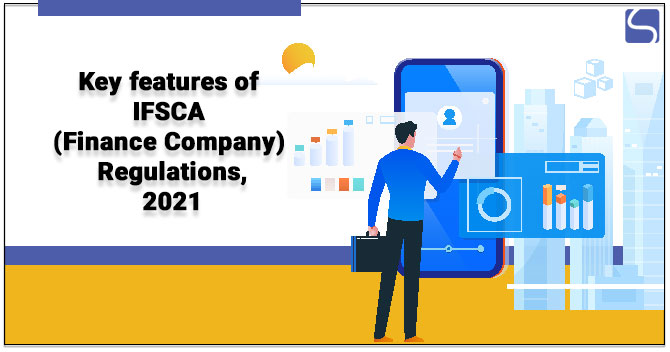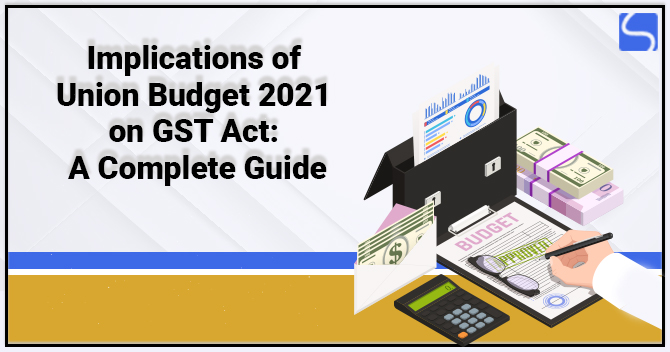SEBI Reviews Norms for Investment in Special Features Instruments, Segregated Portfolio & Perpetual Bonds

Shivani Jain | Updated: Apr 02, 2021 | Category: Other Services
On 10.03.2021, SEBI, through the powers given under the provision of section 11 (1) of the SEBI Act 1992, read with the provisions of Regulation 77 of the SEBI (Mutual Funds) Regulations 1996, has reviewed the norms for investment in special features instruments, segregated portfolio, and perpetual bonds. The same has been notified by the board by way of SEBI Circular SEBI/ HO/ IMD/ DF4/ CIR/ P/ 2021/ 032.
Further, the said act was done in order to safeguard investors’ rights in the securities and capital market and to promote the regulation and development of the said market. Also, it shall be taken into consideration that this SEBI Circular will come into effect from 01.04.2021.
Table of Contents
Eligible Entities for this SEBI Circular
The entities or intermediaries eligible for this SEBI Circular are as follows:
- Mutual Funds;
- Asset Management Companies;
- Trust Companies;
- Board of Trustees of Mutual Funds;
- Association of Mutual Funds in India;
Norms for Investment in Special Features Instruments
Mutual Funds invest in some debt instruments with special features, such as subordination to equity and/ or convertible to equity upon the trigger of a pre-determined event for loss absorption. Further, additional Tier I and Tier 2 bonds that are issued under the Basel III framework are some of the instruments which may have the above mentioned special features. Also, the debt instruments having such special features as mentioned above, which else are Non Convertible Debentures, may be considered as debt instruments until the same are converted to equity.
Further, at present, there are no specified investment threshold limits for these debt instruments with special features, and the same may result to be riskier than other debt instruments. Thus, the following prudential investment thresholds have been set out for such instruments:
- No Mutual Fund (MF) under all its schemes will own more than 10% of such debt instruments issued by a single issuer;
- A Mutual Fund scheme will not invest:
- More than 10% of its Net Asset Value (NAV) of the “debt portfolio” of the scheme in such debt instruments;
- More than 5% of its Net Asset Value of the “debt portfolio” of the scheme in such debt instruments which are issued by a single issuer;
The above mentioned investment limit for a mutual fund (MF) scheme will be within the overall limit or threshold for debt instruments, which are issued by a single issuer, as prescribed in clause 1 of the Seventh Schedule of the SEBI (Mutual Fund) Regulations 1996, and other prudential limits with regard to the debt instruments.
The investments of MF schemes in such instruments, that, too in excess of the limits prescribed under paragraph 2 above as on the date of this SEBI circular may be grandfathered, and such MF schemes will not make any new investment in such debt instruments until the investment comes below the prescribed limits;
Norms for Segregated Portfolio in the Scheme of Information Document
The debt schemes which have an investment in such debt instruments as referred at paragraph ‘A’ above, or the debt schemes that have a provision to invest in such debt instruments will ensure that the SID (Scheme Information Document) of the said scheme has provisions for the segregated portfolio. Further, it shall be noted that the provisions to allow the creation of segregated portfolio in existing schemes will be subject to compliance with Regulation 18 (15A) of the SEBI (Mutual Funds) Regulations 1996.
Further, if the said debt instrument needs to be written off or to be converted into equity pursuant to any proposal, then, in that case, the date of the said proposal will be treated as the trigger or the commencement date.
However, if the said instruments are written off or are converted to the equity without a proposal, then, in that case, the date of write off or conversion of a debt instrument into equity will be considered as the trigger date.
Also, it shall be noted that on the said trigger or commencement date, AMCs (Asset Management Companies) may, at their choice, create a lsegregated portfolio in a mutual funds scheme, which shall be subject to compliance with relevant provisions as follows, which are issued with regard to the Creation of Segregation Portfolio in the Mutual Fund Schemes, and any other Regulations/ Circulars/ Guidelines issued in the future by the board from time to time:
- SEBI Circular No SEBI/ HO/ IMD/ DF2/ CIR/ P/ 2018/ 160, issued on 28.12.2018;
- SEBI Circular No SEBI/ HO/ IMD/ DF2/ CIR/ P/ 2019/ 127, issued on 7.11.2019;
Further, it shall be noted that the Asset Management Companies or Valuation Agencies will ensure that the financial stress of an issuer and its capabilities to repay the dues or borrowings are showcased in the valuation of the securities, starting from the trigger date.
Valuation of Perpetual Bonds
With respect to the valuation of perpetual bonds with call and put options, it is explained that such bonds will be valued in line with the SEBI circular No MRD/ CIR/ 8/ 92/ 2000, issued on 18.09.2000, regardless of the nature of the issuer. Further, it shall be taken into consideration that the maturity of all the perpetual bonds will be treated as 100 years, starting from the date of issuance of the perpetual bond for the purpose of valuation.
Further, the SEBI circular No SEBI/ IMD/ CIR No 12/ 147132/ 08, issued on 11.12.2008, allows the close ended debt mutual fund scheme to invest only in those securities, which mature on or before the date of maturity of the said scheme. Consequently, close ended debt schemes will not invest in perpetual bonds.
Conclusion
In a nutshell, SEBI, under the ambit of the powers given by the provision of section 11 (1) of the SEBI Act 1992[1], read with the provisions of Regulation 77 of the SEBI (Mutual Funds) Regulations 1996, has passed a circular to review the norms for investment in special features instruments, segregated portfolio, and perpetual bonds.
Official SEBI Circular
1615379441578













